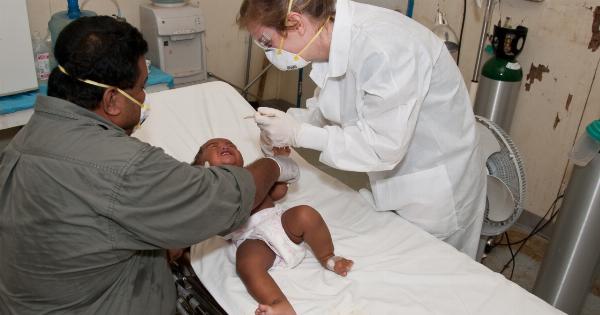Tuberculosis (TB) is a disease caused by Mycobacterium tuberculosis, a bacteria that most commonly affects the lungs. TB is one of the top 10 causes of death globally and in 2018, there were an estimated 10 million cases resulting in 1.5 million deaths.
Multi-drug resistant TB (MDR-TB) is a form of TB that is resistant to at least two of the most effective anti-TB drugs, isoniazid and rifampicin. When MDR-TB becomes extensively drug resistant TB (XDR-TB), it is resistant to even more drugs and is much harder to treat.
The Rise of Multi-Resistant TB
In recent years, multi-resistant TB has become a growing concern around the world.
The World Health Organization (WHO) estimates that there were 484,000 cases of MDR-TB globally in 2018, with the highest burden in countries such as India, China and Russia. In addition, there were 78,000 cases of XDR-TB in 2018 with highest burden in South Africa and other countries in sub-Saharan Africa.
The Consequences of Multi-Resistant TB
The consequences of multi-resistant TB can be devastating. Patients with MDR-TB and XDR-TB must take multiple drugs, some of which can have severe side effects, for months to years.
Treatment can be expensive and difficult for patients who may have to travel long distances to get to treatment centers. In addition, MDR-TB and XDR-TB are highly infectious and can spread easily from person to person. This makes containing outbreaks of multi-resistant TB much more difficult than regular TB, and can put healthcare workers and communities at risk.
The Danger of Delayed Diagnosis
One of the biggest dangers with multi-resistant TB is delayed diagnosis. Because of the longer treatment times and more intensive drugs needed to treat MDR-TB and XDR-TB, it is critical to diagnose the disease as early as possible.
However, diagnosing multi-resistant TB can be challenging because it requires specialized laboratory testing that may not be available in many areas. In addition, many patients with multi-resistant TB may not show symptoms until the disease has progressed to a more advanced stage. As a result, patients may unknowingly spread the disease to others for months or even years before they are diagnosed.
The Role of Drug Resistance in TB
The development of drug resistance in TB is a major contributor to the rise of multi-resistant TB.
When patients with TB are not given the correct drugs for their specific strain of TB or do not complete their full course of treatment, the bacteria can develop resistance to those drugs. This makes it much more difficult to treat the disease and can lead to the development of multi-resistant TB.
In addition, the overuse and misuse of antibiotics in general can also contribute to the development of multi-resistant TB by creating an environment where bacteria are more likely to develop resistance to multiple drugs.
The Need for Improved Diagnostics and Treatments
In order to combat the rise of multi-resistant TB, there is a pressing need for improved diagnostics and treatments. New diagnostic tests are needed that can quickly and accurately identify patients with multi-resistant TB.
In addition, new treatments are needed that are less toxic and have shorter treatment times. This will help to ensure that patients with multi-resistant TB are diagnosed and treated as early as possible, reducing the risk of the disease spreading and improving patient outcomes.
The Importance of Prevention
Preventing the spread of multi-resistant TB is just as important as diagnosing and treating the disease.
This can be done through a combination of measures, including improving infection control in healthcare settings, providing better education to patients about TB prevention and treatment, and addressing the social determinants of health that can contribute to the spread of TB. In addition, efforts must be made to reduce the overuse and misuse of antibiotics in general, in order to prevent the development of multi-resistant TB and other antibiotic-resistant infections.
Conclusion
Multi-resistant TB is a growing concern around the world, with devastating consequences for patients, healthcare workers, and communities.
Improving the diagnosis and treatment of multi-resistant TB, as well as preventing the spread of the disease, are critical steps in protecting public health and reducing the burden of TB globally.






























